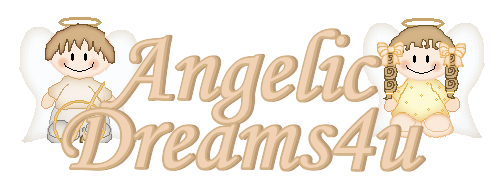A red dyed Easter egg, also known as a Paschal egg, which typically symbolizes the blood of Jesus Christ.
Easter eggs are said to be symbolic of Jesus emerging from the tomb and ultimate resurrection on Easter Sunday.In the Orthodox churches, Easter eggs are blessed by the priest at the end of the Paschal Vigil (which is equivalent to Holy Saturday), and distributed to the faithful. The egg is seen by followers of Christianity as a symbol of resurrection: while being dormant it contains a new life sealed within it.
Instead of calling them "Resurrection Eggs" I called these the Paschal Mystery Eggs, teaching about the passion, death and resurrection of Christ...along with the Eucharist.
Have 12 or more plastic eggs. Inside of each egg is a scripture and an object to represent something that happened during the last week of our Savior’s life leading up the resurrection. Note: An Egg carton for 18 eggs works perfectly.
A way to make this a bit different each year and in tune with the Liturgy, is follow the Gospel for this year. Every year the Passion is read twice: on Palm/Passion Sunday and Good Friday. Good Friday is always from the Gospel of John, and Palm Sunday reflects the Year of the Readings. We are in Year B, so it's from Mark this year. I didn't have time to look up and compare all quotes, but there are many corresponding quotes in the Synoptic Gospels (Matthew, Mark, Luke).
Placing small tokens in plastic Easter eggs to tell the Easter story is an idea that has been around for some time. It’s currently being marketed prepackaged. For those that would rather put together their own set of Resurrection Eggs, we’ve put together a list culled from a number of different sources. That means we have more than 12 eggs, so you get to pick and choose which tokens and scriptures you want to use.
1) Small Cracker pieces - Mark 14:22
2) Three Dimes - Judas’ betrayal and the 30 pieces of silver - Matt. 26:14-15 or Matt 27:3-4 or Luke 22:3-6
3) Small Chalice (made from foil) - Matt 26:26-29 or Luke 22:17-19 or Mark 14:17-21
4) Rooster (drawing, picture or a feather) - Matt. 26:33-34 or Mark 14:26-31 or Luke 22:34-34 or John 13:36-38
5) Twine (with knots, or rope) - Jesus’ arrest - Matt. 27:1-2 or Mark 15:1 or Luke 23:1 or John 18:28
6) Soap piece - Washing of Disciples’ feet. - Matt. 27:24-26
7) Small piece of leather (scourging) – Matthew 27:26 or Mark 15:15
8) Purple Fabric or Red fabric -Matt. 27:28-30 or Mark 15:17
9) Thorn - Mark 15:17 or Matt. 27:29
10) Cross (toothpicks, upcycled rosary) - Crucifixion - Matt. 27:31-32 or John 19:17-18
11) Nails x3 - Nails in Jesus’ hands and feet - Matt. 27:31 or John 20:25
12) Dice - Matt. 27:35-36 or John 19:23-24
13) Sponge - John 19:29-30 or Matt 27:48
14) Crushed rock or dirt - Matt. 27:50, 51 & 54
15) Sword or spear (plastic hors d’oeuvres sword, Lego sword or spear) - John 19:34
16) White fabric - Matt. 27:58-60
17) Stone - Stone rolled away from the tomb - Matt. 27:65-66 or Mark 15:46
18) Bayleaf or cinnamon sticks or cardomon or cloves (spice mixture) - Matt. 28: 2 & 5 or Luke 23:55; 24: 1-3 or Mark 16:1-4
19) Empty Egg - Empty tomb and resurrection - Matt. 28:6 or Mark 16:5-6 or Luke 24:3-6 or John 3:16
20) Cotton Ball (A cloud) – Jesus ascends into heaven - Mark 16:19
More Suggestions::
- Palm branch. - Jesus’ triumphal entry into Jerusalem.
- Paper with praying hands. Garden of Gethsemane.
- Black inside the egg (colored with Sharpie marker). Darkness from noon to 3 pm.
- Small white lace angel. Resurrection, angel at tomb.

















